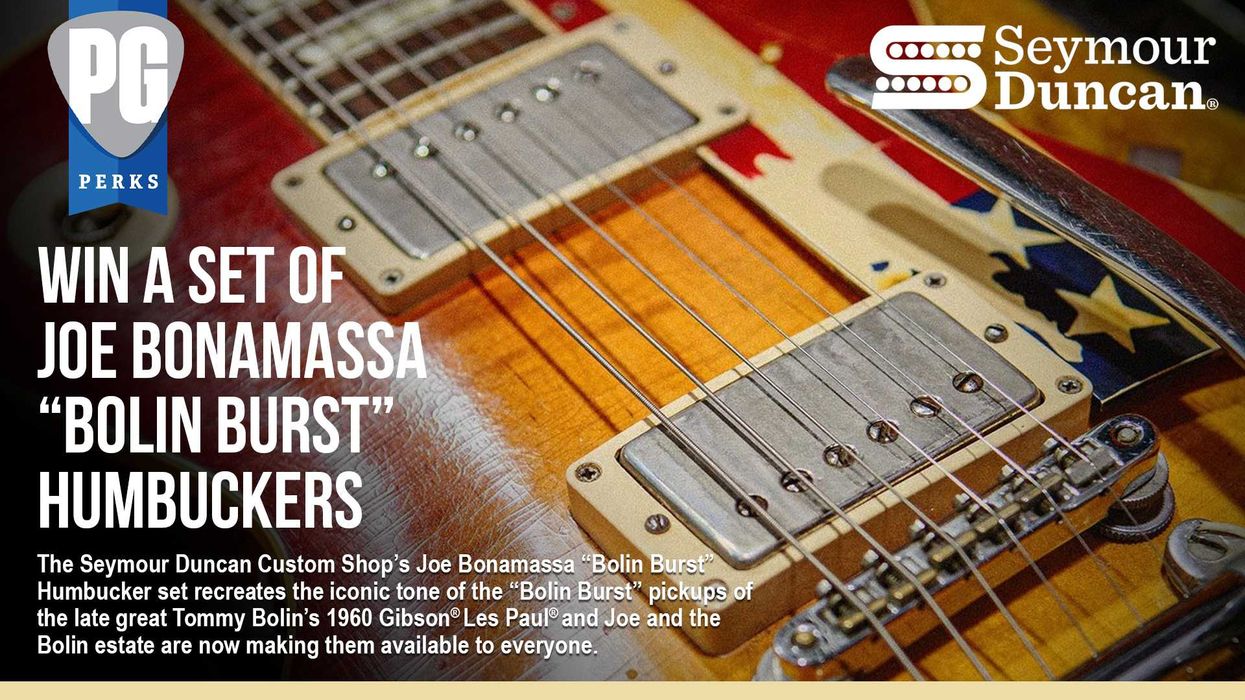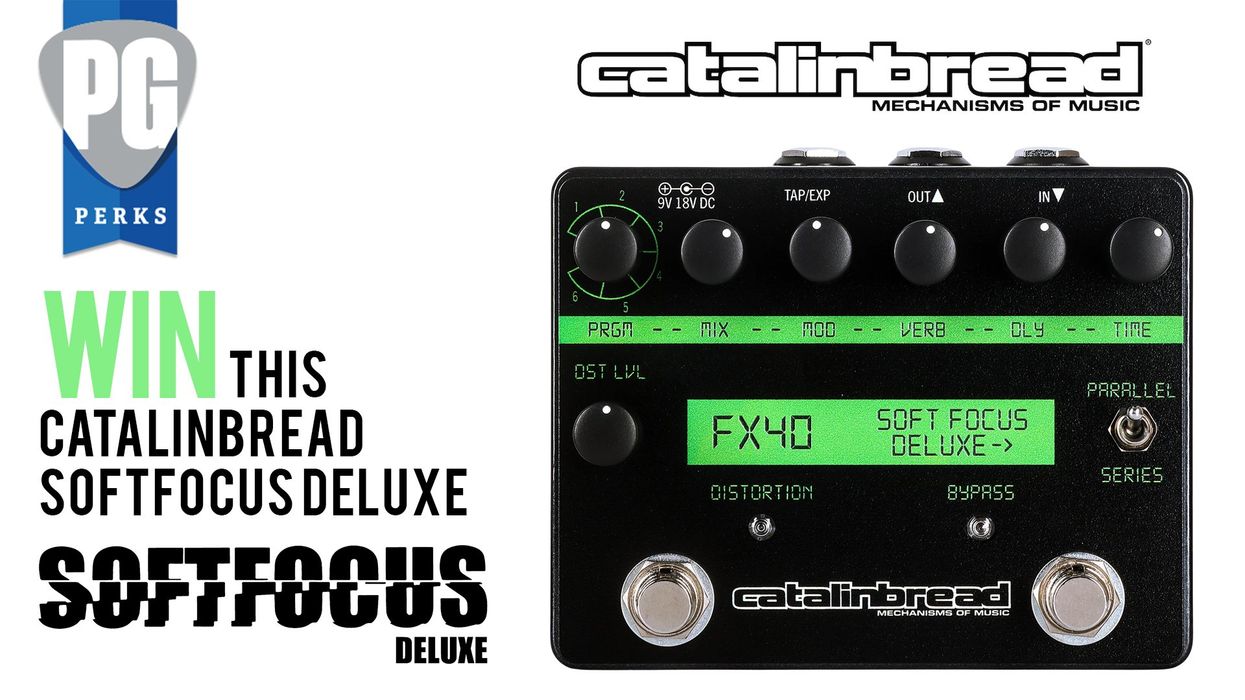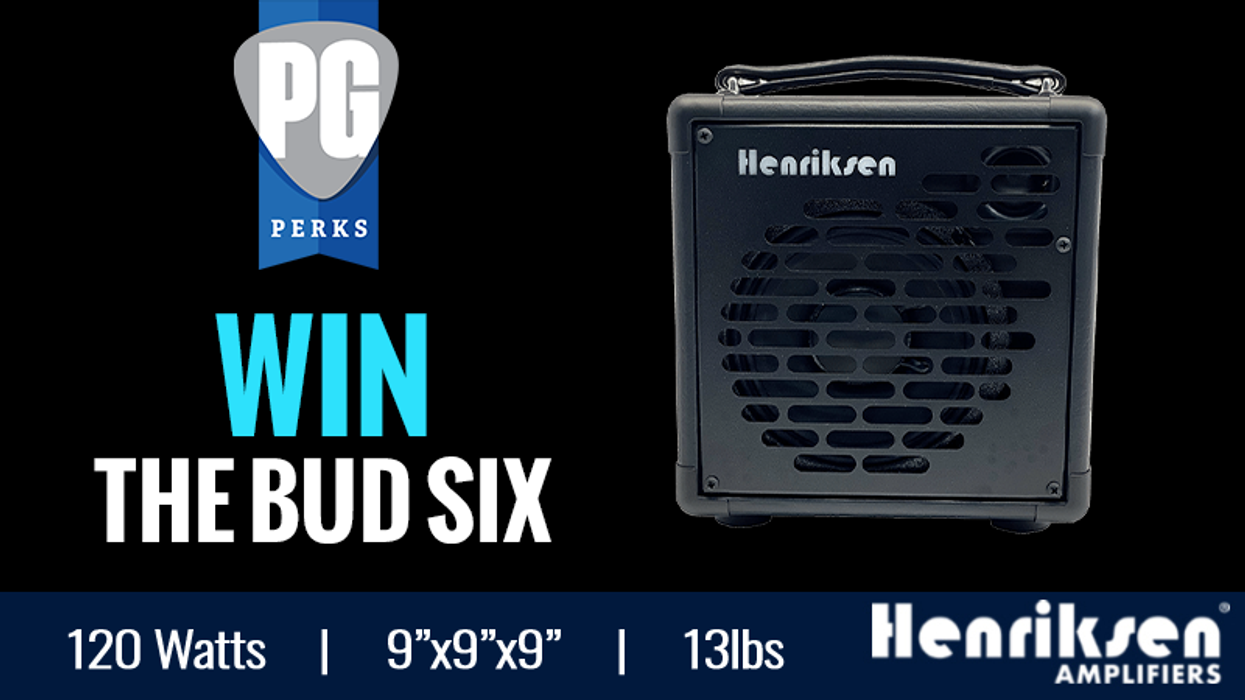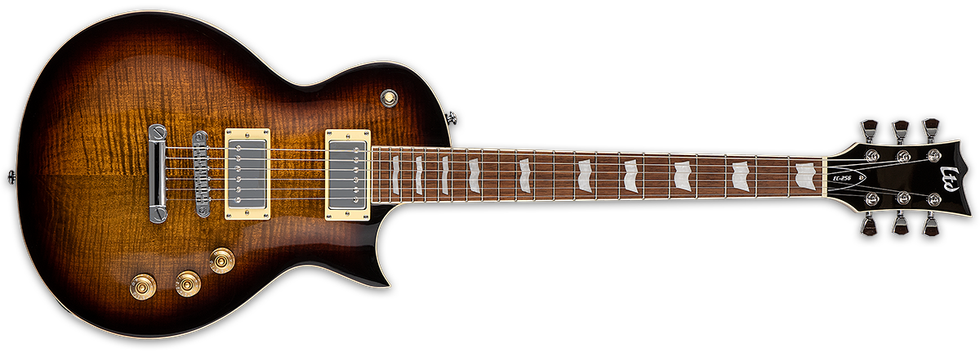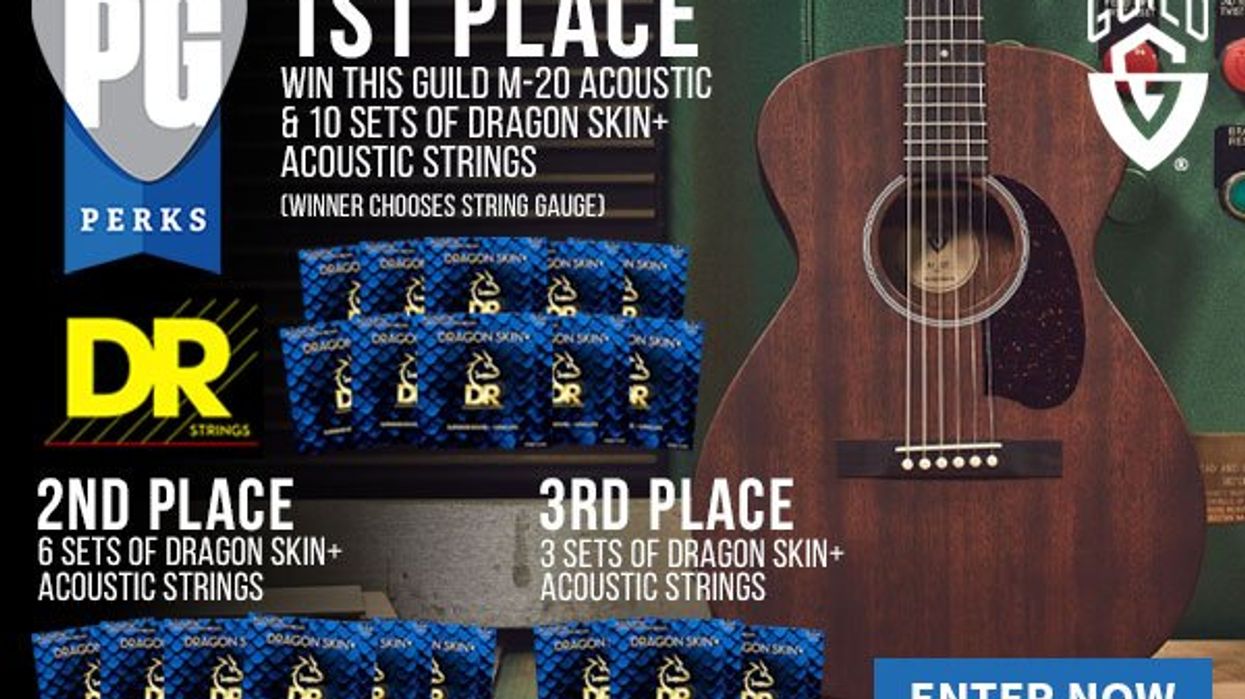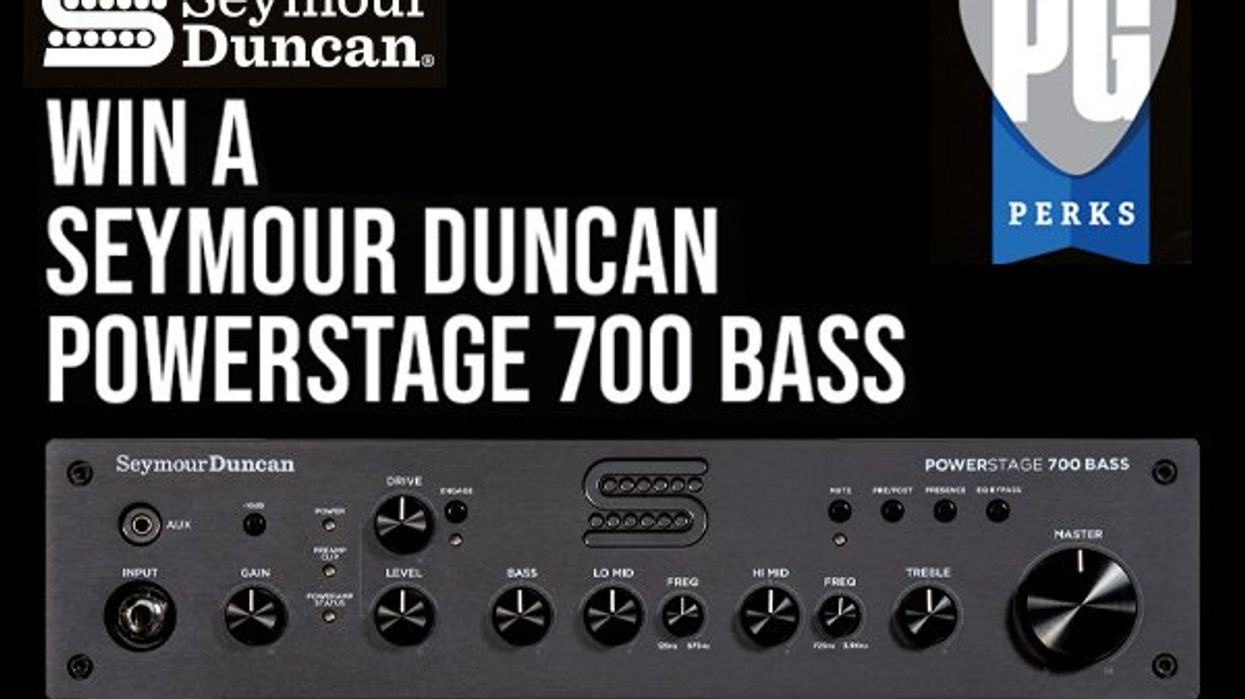You've got another SIX chances to win in this week's giveaway. Enter below for your shot at pedals(or gear) from Aguilar, AmpMojo, Electro-Harmonix, Gator Cases, Truetone, or Zashabuti!
Aguilar AG Preamp/Direct Box
Aguilar’s AG Preamp Pedal is a must-have for any bassist looking for a clean and transparent preamp to sculpt their sound. Revered for tight, fast response and tonal flexibility, the AG Preamp Pedal features a 4-band EQ, footswitchable "deep" and "bright " controls, headphone out, aux in, and balanced DI.
AmpMojo Sol Drive Responsive Tube Overdrive
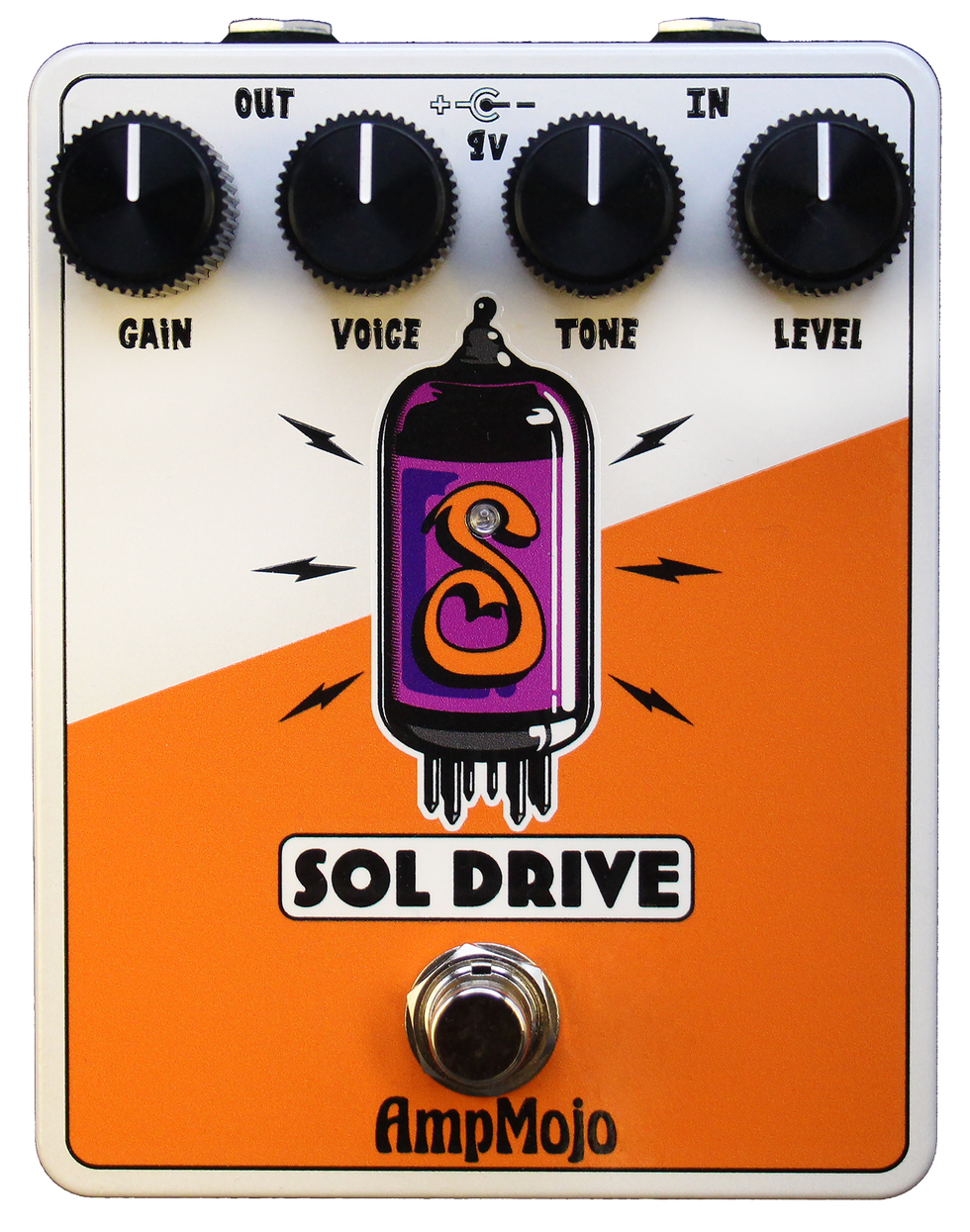
The Sol Drive is a low-to-medium gain, responsive tube overdrive pedal. It uses a Tung-Sol 12AX7 pre-amp tube to bring a rich harmonic texture to your tone that only a real tube can. Real tube tone. Real tube feel.
Features:
• Genuine Tung-Sol 12ax7 vacuum tube
• Premium no-click foot switch
• True bypass relay circuit
• Top mounted input, output, dc jacks
• Tour-grade durability
• Built in U.S.A.
Electro-Harmonix Lizard King Octave Fuzz Effects Pedal Green
Make way for the new heir to the octave fuzz throne, the Lizard King from Electro-Harmonix. Directly inspired by the EHX x JHS collaboration released in 2023, the Lizard King takes the gnarly and responsive octave fuzz circuit from the Lizard Queen and optimizes it for bass and beyond. With updated tone controls and a new Blend knob, the bass’s fundamental tone and low-end is preserved while the top-end of the fuzz tone is shaped to fit or dominate any mix!
The EHX Lizard King is a fixed-gain fuzz that is dynamically responsive. Adjustments to your instruments volume affects the amount of fuzz. Lower instrument volumes create a clear, fuzzy overdrive, while full instrument volume sends the gain over the top for ripping riff and searing solo tones. The familiar VOLUME and OCTAVE knobs control overall output and octave blend volume respectively. New to the Lizard King, the BLEND knob sets the mix between your clean and fuzz tones to create the perfect balance of fuzz while retaining your bass’s attack and low-end. The TONE knob is a low pass filter that rolls off the highs, while the SUN/SHADOW switch further enhances the tone of the octave fuzz and clean tones. SUN boosts the octave fuzz with a more driving midrange, and the clean tone accessed by the BLEND knob has more treble and bass frequencies. When the switch is set to SHADOW, the clean tone is unchanged, and fuzz tone is tighter.
Gator Extra Large Pedalboard with Bag - 32"x17" Orange
TrueTone 1 SPOT Pro CS11
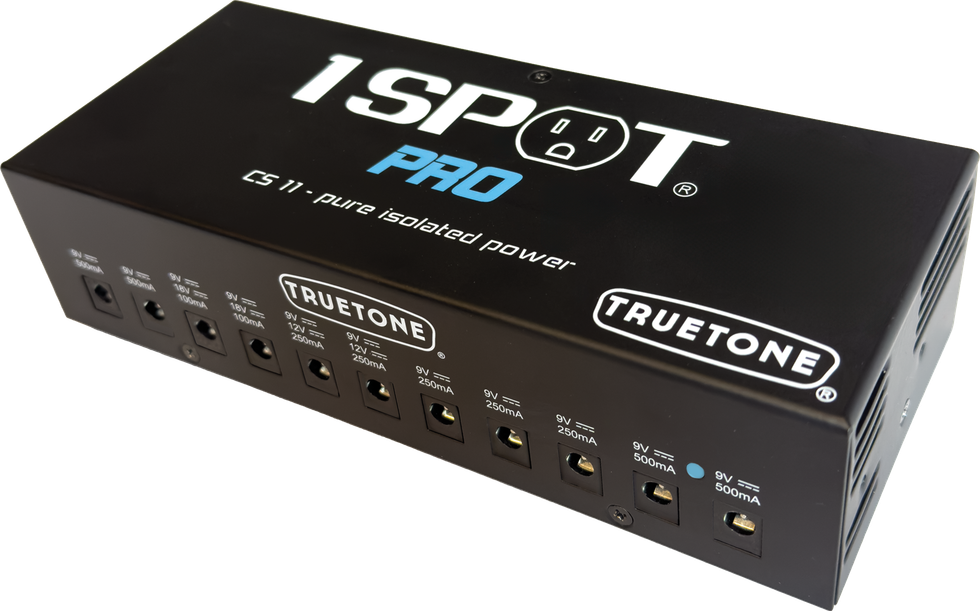
Our most powerful 1 SPOT Pro yet! The 1 Spot Pro CS11 is the same size as the CS12, but with all new outputs and options. It doesn’t replace the CS12, but gives users more power and more available 9Vdc outputs. It also has “one more” output on the back, which allows users to connect the CS11 to Truetone’s new expansion boxes like the XP5 and XP8. It goes to 11… and so much more.
Zashabuti ZAMP
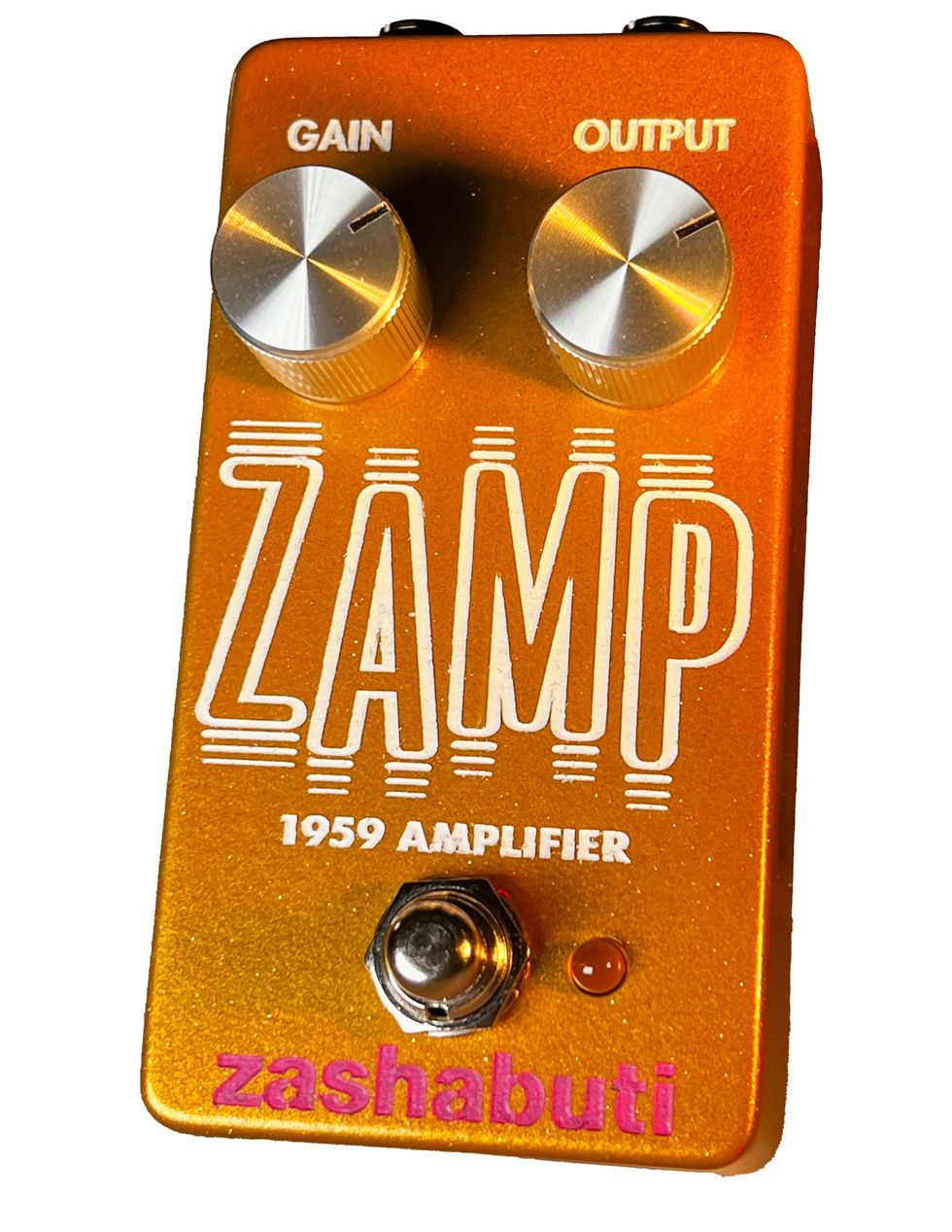
Vintage Tweed Tube Amp Reimagined in Gold Analog Stompbox
Zashabuti has announced the launch of the ZAMP, a groundbreaking amp-in-the-box pedal that delivers the cherished sound of 1950s Fender Tweed amplifiers.
For musicians seeking to capture the magic of rock’s golden era, the ZAMP brings legendary tones right to your pedalboard, offering an authentic playing experience that pays homage to the greats. With its innovative true analog tube emulator, the ZAMP meticulously recreates the entire tube chain and tone stack of these classic amplifiers with Jensen speaker emulation, offering musicians the best of both worlds – vintage tone with modern reliability.
Imagine dialing in the iconic sounds of The Eagles, The Rolling Stones, Steely Dan, Eric Clapton, and Neil Young—all without the high cost and maintenance of vintage gear. Designed as an all-in-one DI amp-in-a-box solution, the ZAMP eliminates the need to lug around a traditional amplifier. You’ll get the sounds of rock legends – everything from sweet cleans to exploding overdrive – for the same cost as a set of tubes.
The ZAMP’s versatility makes it an ideal tool for a variety of uses…
• As your main amp: Plug directly into a PA or DAW for full-bodied sound with Jensen speaker emulation.
• In front of your existing amp: Use it as an overdrive/distortion pedal to impart tweed grit and grind.
• Straight into your recording setup: Achieve studio-quality sound with ease—no need to mic an amp.
• 12dB clean boost: Enhance your tone with a powerful clean boost.
• Versatile instrument compatibility: Works beautifully with harmonica, violin, mandolin, keyboards, and even vocals.
• Tube preamp for recording: Use it as an insert or on your bus for added warmth.
• Clean DI box functionality: Can be used as a reliable direct input box for live or recording applications.
See the ZAMP demo video here: https://www.youtube.com/watch?v=xJp0jE6zzS8
Key ZAMP features include:
• True analog circuitry: Faithfully emulates two 12AX7 preamp tubes, one 12AX7 driver tube, and two 6V6 output tubes.
• Simple gain and output controls make it easy to dial in the perfect tone.
• At home, on stage, or in the studio, the ZAMP delivers cranked tube amp tones at any volume.
• No need to mic your cab: Just plug in and play into a PA or your DAW.
• Operates on a standard external 9-volt power supply or up to 40 hours with a single 9-volt battery.
The ZAMP pedal is available for a street price of $199 USD and can be purchased at zashabuti.com.
About Zashabuti:
With a team of experienced engineers and innovators from leading companies in the music industry, Zashabuti is dedicated to designing products with a deep respect for the classic sounds of the past, combined with the best of today’s technology. We strive to create products that inspire and elevate your musical journey.






